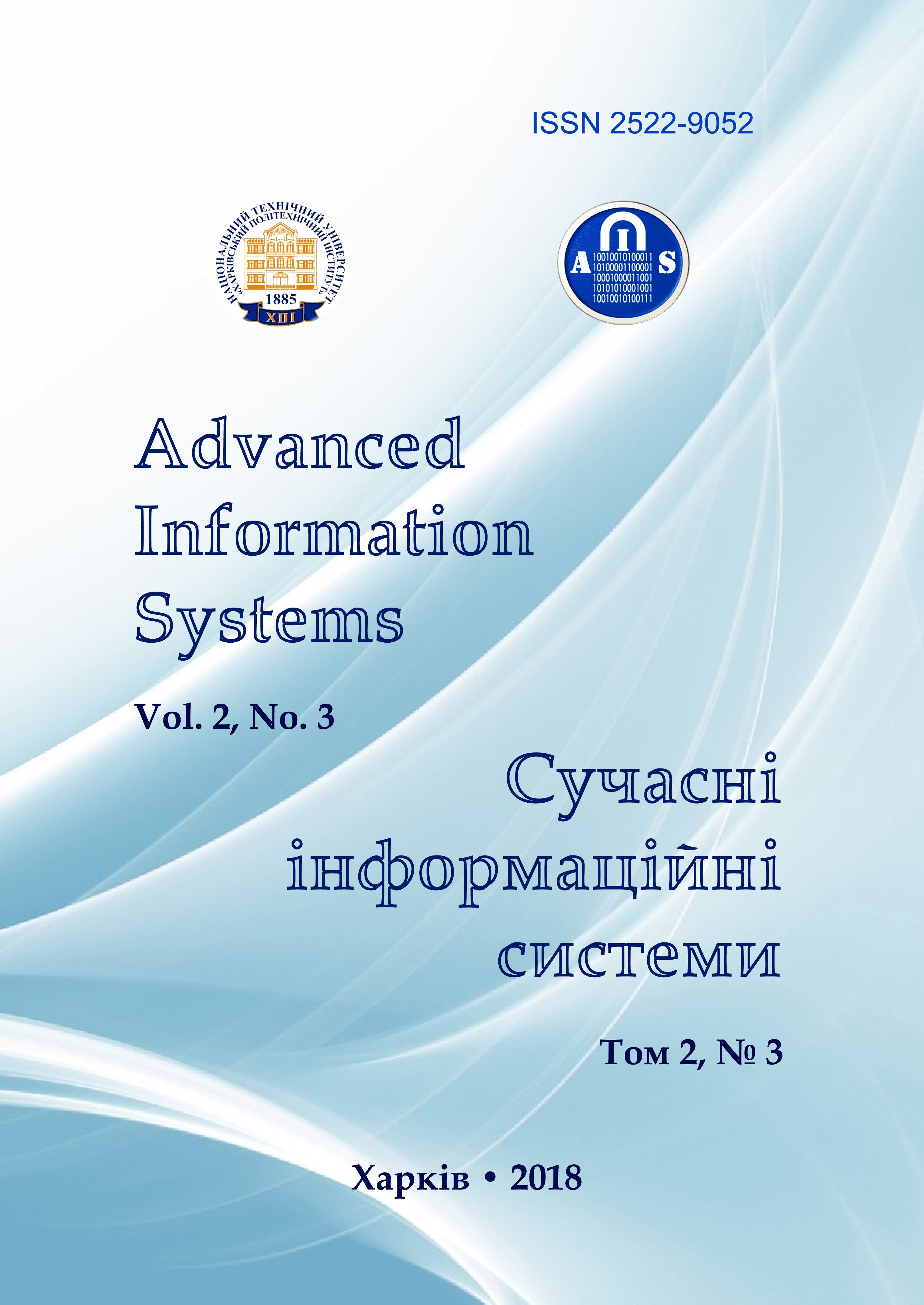SOCIAL NETWORK NODES RANKING IN TERMS OF LOGARITHMIC FUNCTION OF ITS LINK WEIGHTS
Main Article Content
Abstract
Social networks are the basis of all interactions among its participants (usually people), which happen in the process of transmitting information. Lately this term is becoming more and more popular, but hardly anyone can really imagine how much it surrounds us. Social type networks are represented by means of graphs and node connections, which reflect real cooperation. It is necessary to conduct the detailed network analysis, evaluate the results by all specified standards and separate the most important nodes for ranking them in these networks. Existing ranking algorithms mainly evaluate everything in general, which does not allow to clearly recognise the consequence of nodes inter se. In the given article we provide the analysis of work educts of well-known node ranking algorithms (HITS, PageRank) and compare obtained data with expert network evaluation. Big amount of nodal connections in social networks and their various configuration in most cases do not allow to use the base type ranking algorithms, since the neglect of seemingly irrelevant connections induces false results. The base type algorithm HITS was adjusted for efficiency of the quasiheirarchic networks research. It allows to perform analysis and node ranking based on specified criteria (the amount of input and output connections inter se), which corresponds with the results of expert evaluation. It is displayed, that in some cases the received method offers corresponding with real social relations between subjects insights, and exponents of node authorships - with previously provided social roles. Received algorithm allows to evaluate and educe the most relevant nodes in social character networks. It can be used in various spheres, where social networks are formed.
Article Details
References
Lande, D.V and Nechaev, A.O. (2015), “Algorithm for ranking of nodes of quasi-hierarchical networks of social character”, Problems of informatization and management: a collection of scientific works, No. 1 (49), NAU, Kyiv, pp. 46-50.
Lande, D.V., Snarsky, AA and Bezsudnov, I.V. (2009), Internet: Navigation in complex networks: models and algorithms, Librokom (Editorial URSS), Moscow, 264 p.
Sulema, O.K. and Lande, D.V. (2015), “Finding the optimal hierarchy in the quasi-hierarchical graph according to the criteria of centrality”, Registration, storage and processing of data, Vol. 17, No. 4, pp. 3-10.
Bargh, J.A., Chen, M. and Burrows, L. (1996), “Automaticity of Social Behavior: Direct Effects of Trait Construct and Stereotype Activation on Action”, Journal of Personality and Social Psychology, Vol. 71, No. 2, pp. 230-244.
Laura, L.S. and Gianluigi, Me. (2017), “Searching the Web for illegal content: the anatomy of a semantic search engine”, Soft Computing, pp. 1245-1252.
Liu, Y.Y., Jean-Jacques Slotine, J.J. and Barabasi, A.L. (2012), “Control centrality and hierarchical structure in complex networks”, PLOS ONE, Vol. 7, No. 9. pp. 1-7.
Cohen, David (2002), “All the World’s a Net”, Newscientist, Vol. 174, No. 2338, April 13, 2002, pp. 24-29.
Amy, N. Langville and Carl, D. Meyer, (2013), “Google's PageRank and Beyond: The Science of Search Engine Rankings”, PRINCETON UNIVERSITY PRESS, pp. 115-121.
Scott, John (2017), “Social network analysis”, CPI Group(UK) LTd, Croydon, 4th edition, pp. 57-89.
Malcolm, R. Parks, (2016), “Personal relationship and personal network”, Malcolm R. Parks, New York, 1st edition, pp. 2-14.
Stephen, P. Borgatti, Martin, G. Everett and Jeffrev, C Johnson (2018), “Analyzing Social Networks”, C&M Digitals (P) Ltd, Crennai, India, Printed UK, pp. 13-25.
